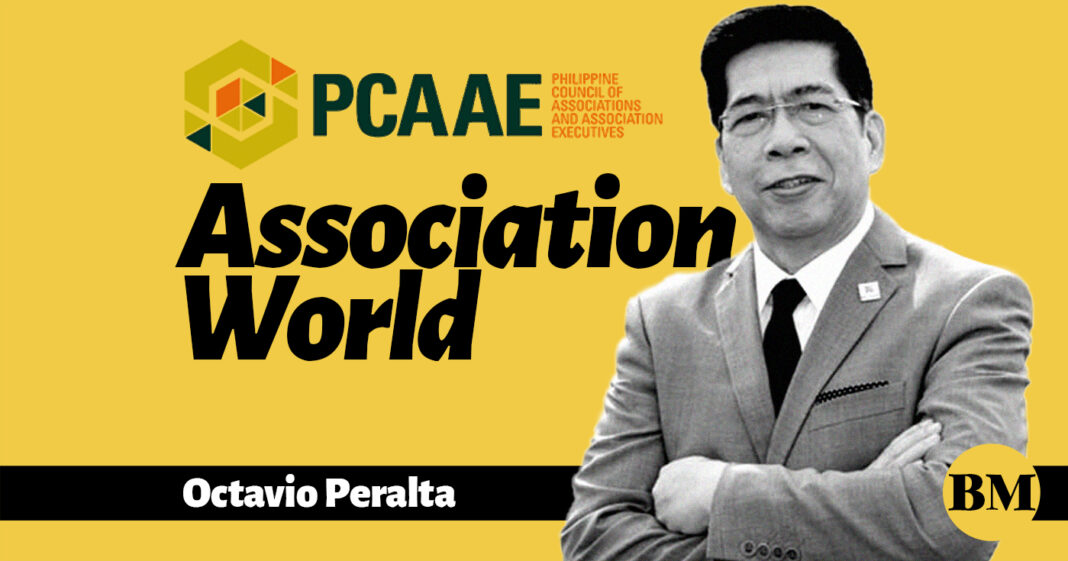
I recently participated in a virtual meeting of the European Society of Association Executives, with the theme “How to Run a Lean Secretariat?” As part of ESAE’s “Association Leadership Circle” series, the session aimed to exchange experiences and case studies among its members on how to achieve an outstanding performance despite limited resources. The pandemic has made this challenge even more daunting.
The panelists included: Dianna Steinbach, vice president of Corporate Development, ISSA-The Worldwide Cleaning Industry Association; Sebastian Emig, director general of the European Snacks Association; Roberta Mugnai, executive director of the European Calcified Tissue Society; Erwin Wetzel, director general of the European Vending and Coffee Service Association; and, Alfons Westgeest, managing partner at Kellen. The session was moderated by Carlos Olabe, CEO of the European Investment Caster’s Federation.
I may have missed how a lean secretariat is defined in the European context but I recall that a small-staff association in the US has an employee complement of one to five, including the chief executive, and with an annual budget of less than $1 million.
The objectives and strategies discussed based on each of the following five aspects are:
1. Organization and Administration. To run on efficient systems and overheads but still remain innovative, an association needs to consider instituting shared services, undertaking collaboration and partnerships, and regularly reviewing and refreshing its operational processes.
2. Digitalization. The aim of digitalization is to allow for maximum connection among the association’s stakeholders — its members, Board, volunteers and staff – which can be done via remote but reliable delivery of services, flexible work schemes, and constant communication. An association has to invest in appropriate technologies to optimize the use of database and email systems and to provide better, faster, and smarter member engagement activities.
3. Secretariat/Management staff. People are the main asset of an association and so continuous training, retooling, and up-skilling are essential for staff morale and productivity. This capability-boosting action can be supplemented by empowering them, by ensuring they fit their roles and responsibilities, and by building trust and confidence within the team. Use of interns and contractual personnel to augment work needs is also an option for the association.
4. Finance. As a significant resource for the association, finance is an enabler and strategic tool for the chief executive to be able to fulfil the mission of the organization and be sustainable. Disciplined financial planning and balancing, long-term viability mindset, and project orientation, are key ingredients to maintain the relevance of the organization.
5. Governance. The board, working with the chief executive, comprise the association’s leadership team that provides strategic direction, alignment to purpose, and opportunities to implement change, when needed. A board composition that consists of members with a diverse set of expertise and with no self-interest, coupled with a well-structured onboarding process gives impetus to the organization.
All these five aspects are also applicable, not only to lean-staffed associations, but also to any association regardless of the size of its personnel and its annual budget. They have also been major considerations in the past but the pandemic has made them front and center again.
The column contributor, Octavio Peralta, is Founder and CEO of the Philippine Council of Associations and Association Executives (PCAAE). The PCAAE is holding the Associations Summit 9 (AS9) on November 24 and 25, 2021. The 2-day virtual event is supported by the Tourism Promotions Board. E-mail inquiries@adfiap.org for more details on AS9.

